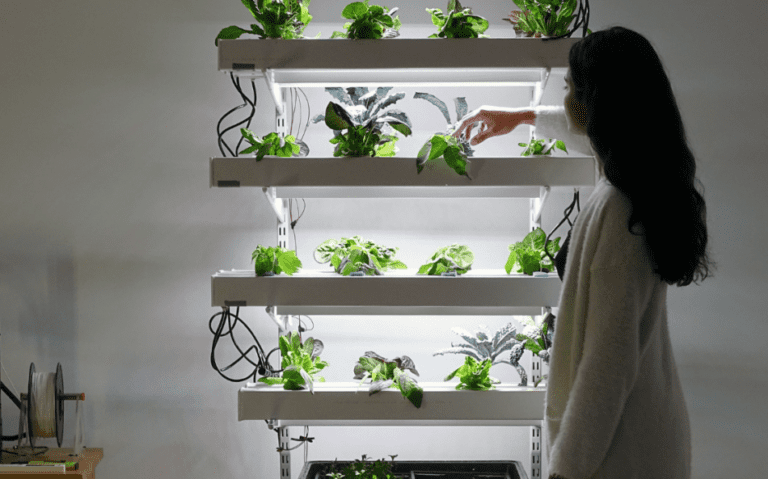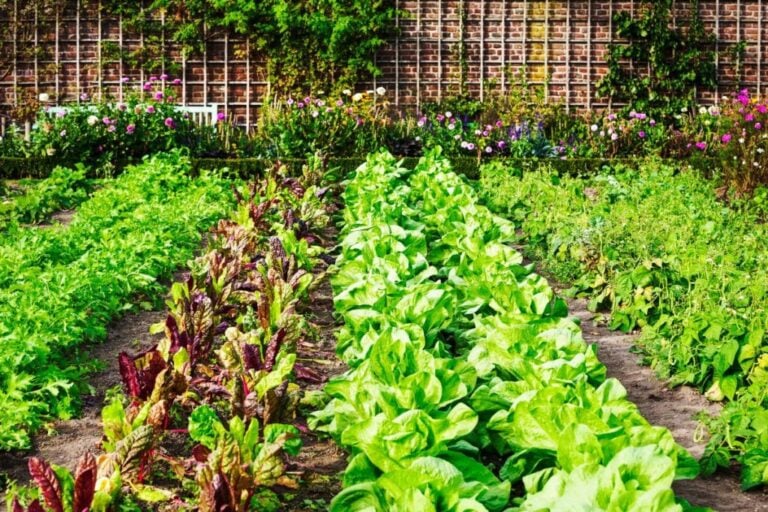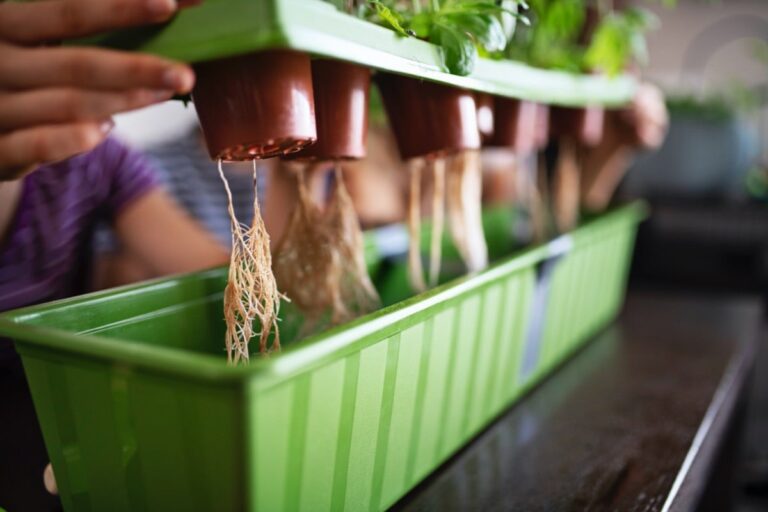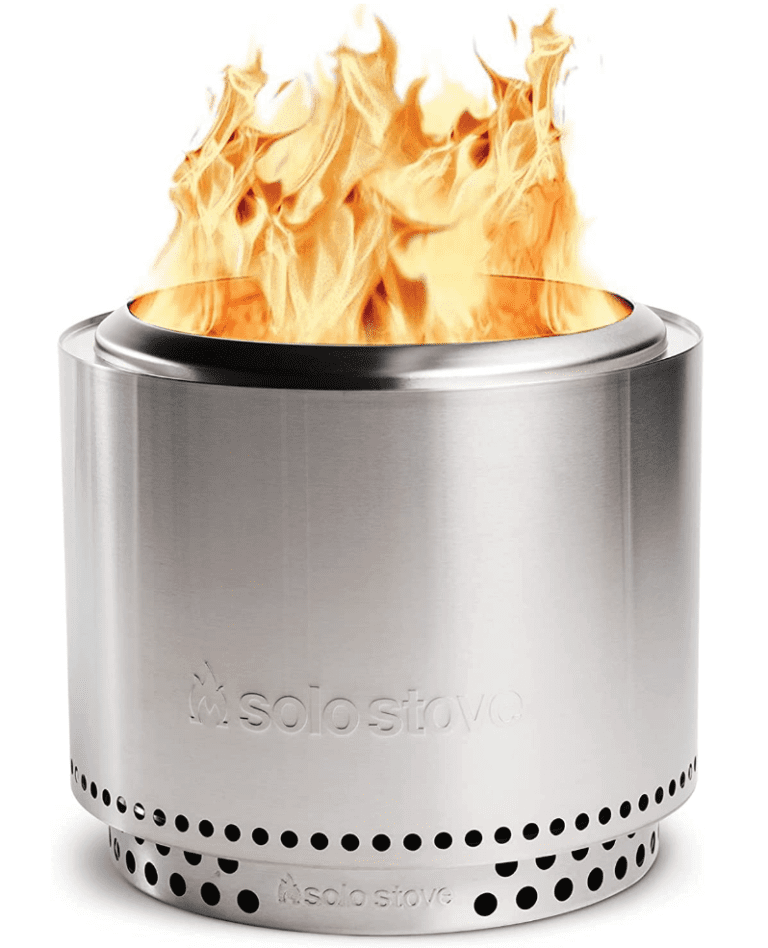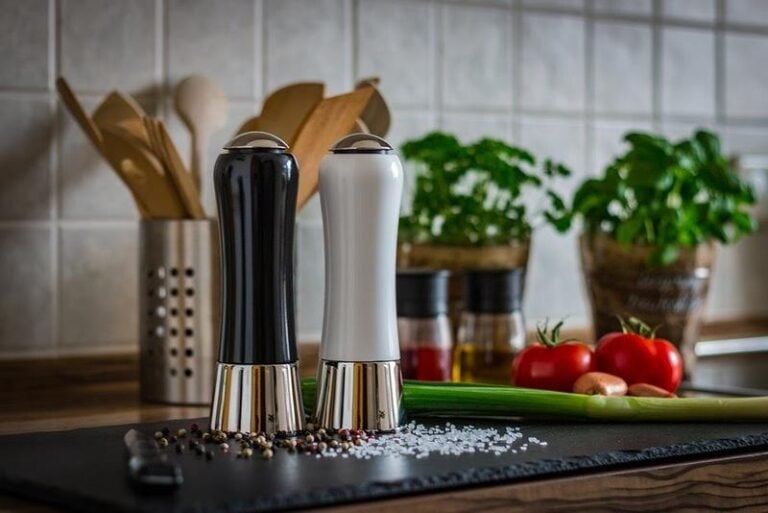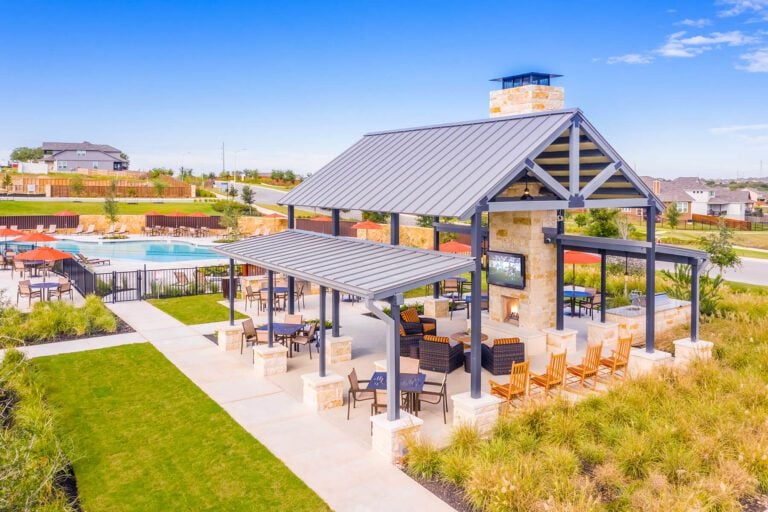How to Troubleshoot a Hydroponics Growing System
Hydroponics Definition:
Hydroponics is an increasingly standard method of growing plants that uses a nutrient-rich mix with a water base. This means that soil or dirt isn’t used in a hydroponics method. Instead, the plant roots are maintained by substances such as Rockwool, peat moss, clay pellets, and perlite.
Hydroponics is an efficient method for growing plants by placing plants in a nutrient-rich water mixture. Instead of using soil or earth to grow the plants, the plant roots come into direct contact with the nutrient-rich blend. The plants also have access to a considerable amount of oxygen, which helps to assist growth. The primary benefit of using hydroponics to produce plants is that it makes for a much quicker growth rate.
When you’re searching to use or create a hydroponic system to grow plants, there are numerous variations of hydroponic systems that you can use — only six main types of hydroponic systems in which all variations are positioned.
Essential Parts of Hydroponics:
Hydroponic systems can be either passive or active. Active means nutrient mixtures will be moved around, usually by a drain or a pump. Passive relies on the anchor or a wick of the growing method. Hydroponic systems are also categorized as recovery or non-recovery. Recovery refers to the method by which the nutrient solution will be recycled into the system. While with non-recovery, the nutrient mixture is applied to the growing plants and then vanishes.
There are six primary types of hydroponic systems. The plant roots only need three things, oxygen, water or moisture, and nutrients.
So, what differs between the six methods is the system’s technique to deliver these three vital things to the plant roots. Of course, there are many variants with various names, but they all simmer down to these six core types of Hydroponic systems.
Problems you might face:
Hydroponics is an excellent way to grow plants at your home that is stimulating, fun and rewarding. However, you might run into several issues with hydroponic systems, and it is imperative to learn to deal with them or avoid them successfully.
In this article, we’ve gathered some common issues you may encounter. Hopefully, this information will stop you from making errors and give you the data to deal successfully with others.
Let’s get started!
1. Hydroponics System Leaks
System leaks can occur for various reasons, for instance, at any valves or joints in your system or if your system gets jammed. For example, when the root mass clogs up an NFT system, leading to overflowing and water backing up. Leaks can also occur if you create a system with a small container that cannot store all of the nutrient and water solution in the hydroponics system. In this case, a pump failure or power cut may lead to overflow and backup of your reservoir.
Solution:
- Test your system before planting. Tighten any faucets and make sure all joints are secure and tight.
- Regularly check your system for hitches such as clogged outlets, drains, or root overgrowth.
- Choose a reservoir that can easily hold all the nutrient mixtures in the system, not just the amount in it when the machine is in use.
- If you use an indoor hydroponic system, place it on a waterproof surface or drip tray. It is a good idea to pinpoint leaks and reduce mess when maintaining to your system.
2. Buying Incorrect, Cheap, or Insufficient Lighting:
Without adequate lighting of the accurate type, the performance of the hydroponics system will be very substandard.
Buying cheap lights or those inadequate for what your plants require, or purchasing the wrong type of lighting can lead to poor vegetable and fruit yields.
Solution:
- We would recommend looking at T5 and LED fluorescent growing lights. These are generally the easiest to use and are suitable for most growers.
- If you are getting LED-to-grow lights, do not purchase the cheapest option. Research and buy quality lights that will create light in sufficient quantities and at the correct wavelengths for your system.
- Ensure you buy enough grow lighting for your hydroponics system.
3. Using the Wrong Fertilizer:
When growing plants in the ground, many nutrients already exist in the soil in sufficient amounts. Fertilizer intended for growing plants in the soil does not comprise many of the micronutrients necessary for healthy plant growth.
Solution:
- Make sure you buy nutrients designed for use in hydroponics.
- You can even make your hydroponics fertilizer, but buying a two- or three-portion solution is more accessible. You can mix this to create nutrient solutions attuned to most plants and growth stages.
4. Not Keeping Things Clean:
If you allow your hydroponics setup and the area surrounding it to become dirty and messy, you might increase the risk of spreading pests or diseases into your hydroponic system. An element of the cleaning process is to stop pests, algae, and diseases from establishing themselves in your system. It is better to evade germs and ailments by regularly cleaning your hydroponics system and the surrounding area.
Solution
- Keep the area around your hydroponics setup well organized and clean.
- Every couple of weeks, drain the entire system, flush the roots and growing medium with water and clean the tubing, reservoir, and pumps.
5. Not Learning As You Go
Every plant in a hydroponics system is dissimilar. Sometimes things will go well, and sometimes, you will encounter minor or major issues. You should take this opportunity to analyze the situation and adjust your practice for future harvests.
Solution
- Photograph and document the good and bad phases of every crop you grow and the system you use.
- When you face a problem, look for an answer. Books, websites and blogs have so much information that you can quickly solve your problems and prevent them the next time.
6. Not observing the Health of Your Plants:
If you do not examine your plants regularly, you will miss the initial signs of complications. Whether it is signs of disease, deficiency, or insufficient growth, the sooner you realize there is an issue, the more opportunity you have to fix it and not damage your plants.
Solution:
- Monitor the condition and growth of your plants often.
- When you see an issue, find out what it is and try to amend it.
- If you notice pests or diseases, treat them timely, and you might be able to prevent excessive harm to your plants.
7. Not adjusting the pH Level:
The pH level of your nutrient mixture is one of the most fundamental aspects of hydroponic development. When growing plants in the ground, the earth acts as a pH buffer and stops hasty alterations in the pH level. This means that pH problems are slower to form and can be dealt with more effortlessly.
Such is not the case for hydroponics. The pH levels change considerably over days or even hours due to various aspects, including the presence of disease, rate of absorption of nutrients by the plants, excess evaporation, temperature, etc.
Solution
- When growing with a hydroponics system, you must observe the pH of your nutrient mix.
- The best testing options are a pH testing meter or a pH testing kit.
8. Nutrient Toxicity and Deficiency:
Various aspects can cause nutrient toxicity or deficiency in your plants. It’s not always easy to spot which nutrient is causing the issue or whether toxicity or deficiency is the problem. There are numerous signs you have look out for to detect either, and you will improve at identifying problems with experience and time. User error pH, temperature, nutrient solution concentration, plant growth rate, and other factors can trigger nutrient problems.
Solution:
- Make sure to compose your nutrient solution accurately and carefully.
- Ensure that the water you use for your nutrient mix is not unreasonably hard. If that is the case, consider thinning it with distilled water to reduce the level of mixed solids.
- Monitor the dilution of your nutrient solution with a PPM/EC gauge.
- Observe and regulate the pH of your nutrient mixture.
- Flush your system, remove the nutrient solution and make a fresh batch.
9. Using Hard Water in your System:
Using hard water can cause harm to a hydroponics system. Tap water with high suspended solids will cause problems with your nutrient mixture. You won’t be able to add many nutrients to the water since your target concentration will be limited. The most significant constituents of hard water are magnesium and calcium salts. Unfortunately, these are typically large molecule composites, and the plants cannot absorb them.
Solution:
- If you have hard water, you must dilute it with distilled water or use a filter to reduce the level of dissolved solids in the water.
- An activated carbon filter is a cheap option to decrease the level of minerals.
- A reverse osmosis filter is costly, but it will reduce the level of hard water minerals close to zero.
10. Broken or Blocked Spray Nozzles and Pumps:
If you have a nozzle or pump blockage or failure, these can lead to plants in most hydroponics systems being interrupted from their water supply. DWC and Wick systems do not have this problem.
It is pretty typical for the spray nozzles in aeroponic systems to get blocked over time. In this case, the exposed roots will get dehydrated very rapidly, leading to your plants withering and dying almost immediately.
Air pumps can also fail.
Solution
- Check your hydroponics system regularly.
- Consider buying an air or water pump with a built-in alarm, which will ring if there is a jam.
- Design your hydroponics system so that if there is a failure or blockage, it will not lead to quick plant death.
12. Choosing the incorrect Growing Medium:
The choice of growing medium is huge, and there are many aspects to consider when making a choice.
Solution:
- Research what kind of growing media you want and what you want it to do.
- Learn what other people have had the most achievement with.
- Check your budget and whether you want to recycle the media for multiple growth phases.
13. Not draining and refilling the system regularly:
Try to run your hydroponics system for a long time without draining it and changing the nutrient mixture. The chance of having issues and diseases or even damaging crops will significantly increase.
Solution
Flushing the system and refilling the nutrient solution is a little inconvenient, but it’s worth it.
14. Creating an inconvenient Hydroponics System:
Various things can increase the troubles in a hydroponics system. For instance, putting a hydroponics system in a significantly small area without adequate space to work around it, having a system that doesn’t have a suitable water source, or a poorly built DIY hydroponics system that is prone to leaks will only cause you frustration and annoyance.
Solution
- Start small. Whether it is a pre-built system or a DIY system, your first few growing series should be viewed as a growing experience. If you make bad choices at the beginning, you can progress and plan something better next time.
- Plan your hydroponics system. You need to have your water source and equipment close to hand.
15. Plant Diseases
Hydroponic plants are usually less vulnerable to disease than plants grown in soil. Without soil, fungi and bacteria have fewer chances to establish themselves. However, certain conditions, such as lack of direct sunlight, excess humidity, and high temperatures, can increase the risk of your plants getting diseases that can threaten your whole crop.
Some features of your system can also cause extra stress to your crop, making them more prone to disease.
Solution:
- To prevent diseases, you should avoid conditions in which bacteria and fungi will thrive. You must avoid excessively high humidity levels and temperatures and ensure that your plants receive some good quality artificial light or direct sunlight.
- Supervise the concentration and pH of your nutrient mix. Ensure that your nutrient mixture holds all the essential micro and macronutrients your plants need for healthy growth.
- Monitor your plants regularly for signs of disease. If you notice an issue, try to identify the reason and treat it immediately.

